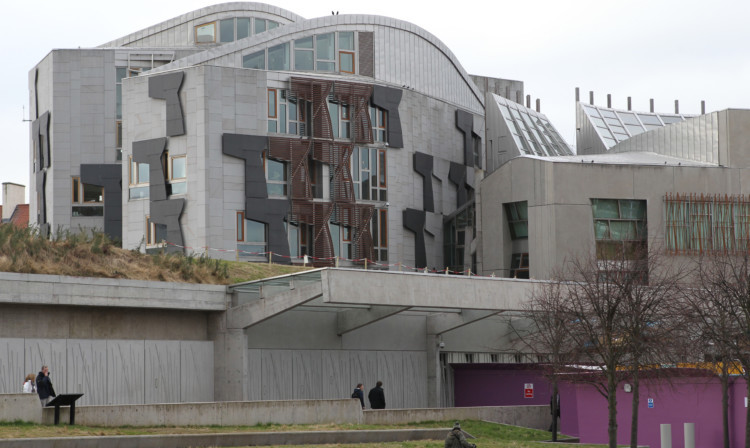
Has the Scottish Parliament been a success?
The long campaign for a Scottish Parliament was accompanied by high hopes devolution would improve public services, tackle inequality, boost Scotland’s voice in the world and ‘do politics’ differently from Westminster.
In fact, looking back, many of the arguments for devolution sound similar to those now being used in support of independence.
So has the 15-year-old Scottish Parliament met those high expectations?
Inevitably, it’s a mixed bag. For example, the early years of devolution were dominated by rows about the cost of the Holyrood building, expenses and sleaze.
And while this suggested the Scottish Parliament had simply become a mini version of Westminster, a point in its favour was greater transparency the expenses regime was quickly reformed and Holyrood even became a major tourist attraction.
In terms of transforming public services the parliament’s record has been mixed. There was certainly no shortage of cash between 1999 and 2010 the Scottish ‘block grant’ increased by 6% in real terms, yet the old adage about throwing money at problems applies.
As the Scottish Government’s own Christie Commission concluded, despite this growth in public spending, “on most key measures social and economic inequalities have remained unchanged or become more pronounced”.
Of course there were successes; the smoking ban, free personal care for the elderly and prescriptions, and certainly some health indicators improved relative to England, though others got worse.
In terms of education, often the Scottish Executive/Government was keen to make a point of not following the rest of the UK in terms of tuition fees, academies and “free” schools.
The Curriculum for Excellence is still bedding down, and while tuition fees were phased out after 1999, access to Scottish universities for children from the poorest backgrounds remained a big problem.
It became apparent that voters were not always aware of which powers were devolved and which were not, so although surveys generally showed Scots wanted “more powers”, when asked what they should be, many would reply “health and education”.
There has been a growing consensus that the parliament should have more fiscal responsibility, i.e. raising money as well as spending it.
Although it had tax-varying powers from day one these have never been used, although soon Holyrood will gain control of 10p within each income tax band.
And if Scots vote No in September the Unionist parties say more powers will be devolved, possibly even full control of income tax.
But perhaps Holyrood’s biggest success is its permanence. There are now hardly any voices advocating its abolition, and that is a compliment of sorts.
Where powers lie: Westminster
Constitution
Defence and national security
Fiscal, economic and monetary system
Trade and industry (including consumer protection)
Social security
Foreign affairs
Broadcasting
Immigration and nationality
Energy
Employment
Some transport intercity railways, safety, regulation
Equal opportunities
Medical ethics (including abortion)
Where powers lie: Holyrood
Health
Education and training
Local government
Social work
Housing and planning
Tourism
Economic development
Transport roads, buses, ports, harbours
Law and home affairs
Police and fire
Environment
Agriculture, forestry, fishing
Sport and the arts
Statistics

Enjoy the convenience of having The Sunday Post delivered as a digital ePaper straight to your smartphone, tablet or computer.
Subscribe for only £5.49 a month and enjoy all the benefits of the printed paper as a digital replica.
Subscribe